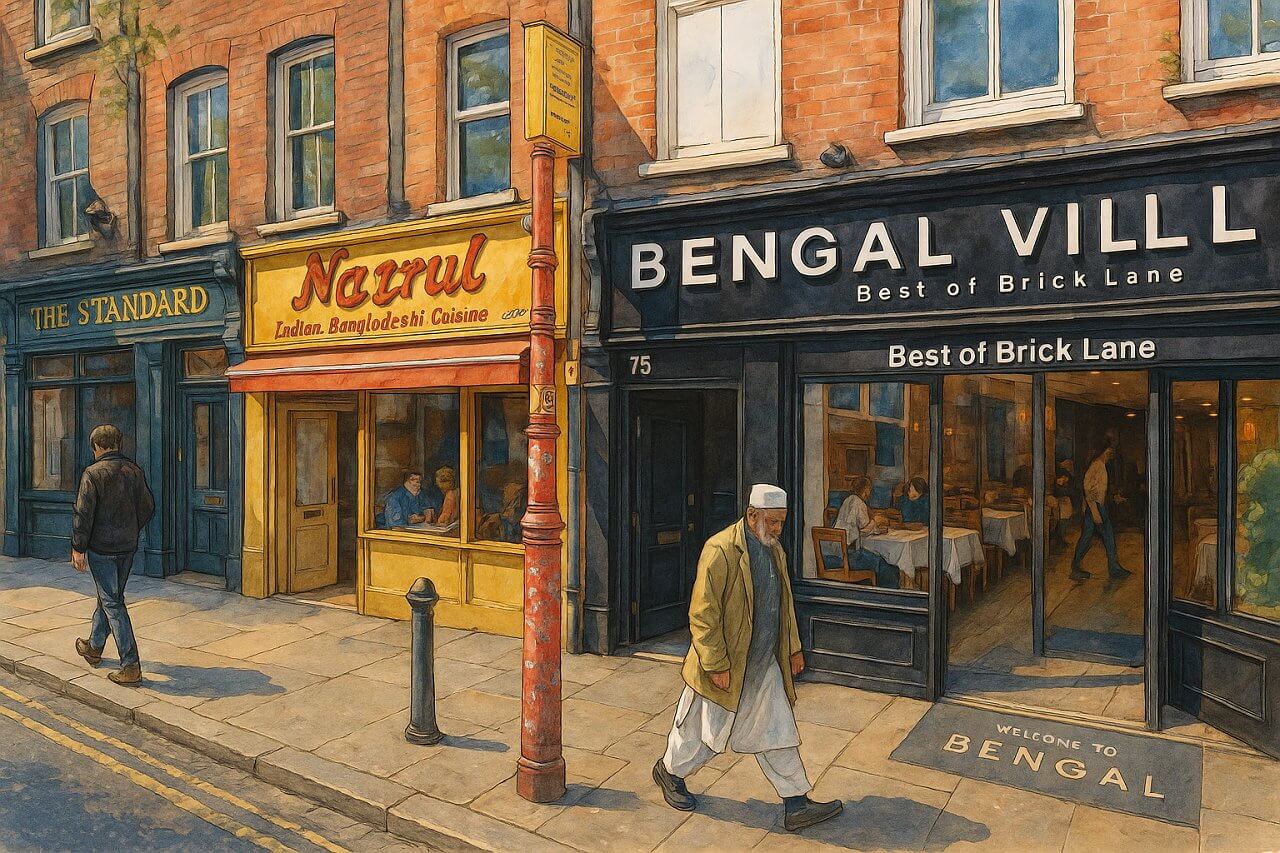
History of Immigration in London
London has long stood as a beacon for those seeking refuge, opportunity, and a new beginning. Over centuries, waves of immigrants have arrived, each leaving an indelible mark on the city's cultural, economic, and social fabric. This guide delves into the diverse groups that have made London their home, the catalysts for their migration, and the neighborhoods they've transformed.
Early Waves of Immigration
French Huguenots
In the late 17th century, French Huguenots, fleeing religious persecution after the revocation of the Edict of Nantes in 1685, sought sanctuary in England. Approximately 40,000 to 50,000 settled, with a significant number establishing themselves in Spitalfields. Their expertise in silk weaving revitalized the local textile industry, making silk a fashionable commodity in Britain1.
Irish Immigrants
The 19th century saw a substantial influx of Irish immigrants, particularly during the Great Famine (1845–1849). By 1853, London's Irish population was estimated at 200,000, constituting about 20% of the city's populace. Many settled in areas like Spitalfields, seeking employment and better living conditions2.
Jewish Communities
Facing pogroms and economic hardship in Eastern Europe, many Jewish families migrated to London in the late 19th and early 20th centuries. They predominantly settled in the East End, especially around Whitechapel and Spitalfields, establishing vibrant communities and contributing to the city's cultural mosaic3.
20th Century Migrations
Bangladeshi Community
Post-World War II, a significant number of Bangladeshi immigrants, primarily from the Sylhet region, arrived in London. Many settled in Brick Lane and Spitalfields, areas that became synonymous with Bangladeshi culture and cuisine. The 1971 Bangladesh Liberation War further intensified this migration, solidifying the community's presence in the city4.
Chinese Settlers
Chinese immigrants began establishing communities in London during the early 20th century. Many were seamen who settled in port areas, forming enclaves that would evolve into today's Chinatown in Soho. Despite facing discrimination, they contributed significantly to the city's diversity5.
Indian and Pakistani Migration
Following the decolonization of the Indian subcontinent, many Indians and Pakistanis migrated to London in search of better opportunities. They settled in various parts of the city, including Southall and East Ham, establishing businesses and enriching London's multicultural landscape6.
Modern-Day Diversity
Today, London is one of the most ethnically diverse cities globally. According to the 2021 Census, over 40% of its residents were born abroad, with significant communities from India, Poland, Pakistan, Romania, and Ireland7. This diversity is evident in the city's neighborhoods, cuisines, festivals, and languages spoken.
Notable Neighborhoods and Their Immigrant Histories
- Spitalfields: Once home to Huguenot silk weavers, later became a hub for Jewish and Bangladeshi communities.
- Brick Lane: Known for its Bangladeshi community and vibrant street art, reflecting its multicultural heritage.
- Soho: Hosts London's Chinatown, a testament to the city's Chinese immigrant history.
- Southall: Often referred to as "Little India" due to its significant South Asian population.
Fascinating Facts
- The term "refugee" was first used in the 17th century to describe the Huguenots fleeing France8.
- 19 Princelet Street in Spitalfields has served as a Huguenot home, a Jewish synagogue, and now stands as a museum celebrating immigration8.
- London's East End has been a melting pot for various immigrant communities over the centuries, each leaving their unique imprint on the area.
Quick Facts
- Huguenots: Fled France in the late 1600s; settled in Spitalfields; revitalized the silk industry.
- Irish: Mass migration during the 19th century; significant presence in Spitalfields and other areas.
- Jews: Escaped Eastern European persecution; established communities in the East End.
- Bangladeshis: Arrived post-WWII; concentrated in Brick Lane and Spitalfields; enriched the city's culinary scene.
- Chinese: Early 20th-century settlers; formed communities in port areas; today's Chinatown in Soho.
- Indians and Pakistanis: Migrated post-decolonization; significant populations in Southall and East Ham.
- Modern London: Over 40% foreign-born residents; a testament to its enduring appeal as a global city.
References
- Historical immigration to Great Britain
- 19th-century London
- East End of London
- British Bangladeshis
- History of Chinese immigration to the United Kingdom
- Migrants in the UK: An Overview
- Home of the world - UK Parliament
- Inside 19 Princelet Street - the extraordinary house telling 300 years of migrants' stories

Painting of Indian restaurants at Brick Lane, London (View image in full size)